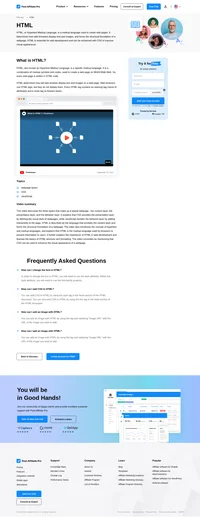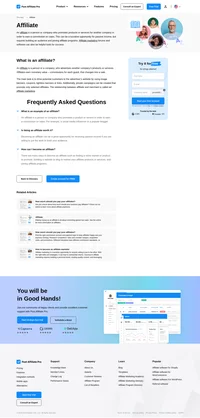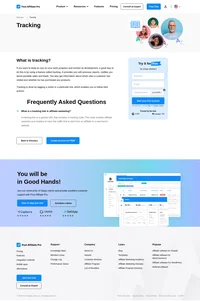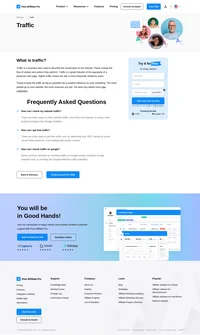What is Dayparting?
Dayparting, also known as ad scheduling, involves dividing the day into segments to strategically run advertisements at times deemed most effective for a given audience. The goal is to align ad delivery with periods when the target audience is most likely to engage, ensuring that the advertising budget is used efficiently.
In the realm of digital marketing and affiliate marketing, dayparting is employed to enhance the visibility of pay-per-click (PPC) campaigns, social media ads, and other digital advertisements. By analyzing user behavior and engagement patterns, marketers can determine optimal times for ad exposure, thereby increasing the chances of conversions and improving return on investment (ROI).
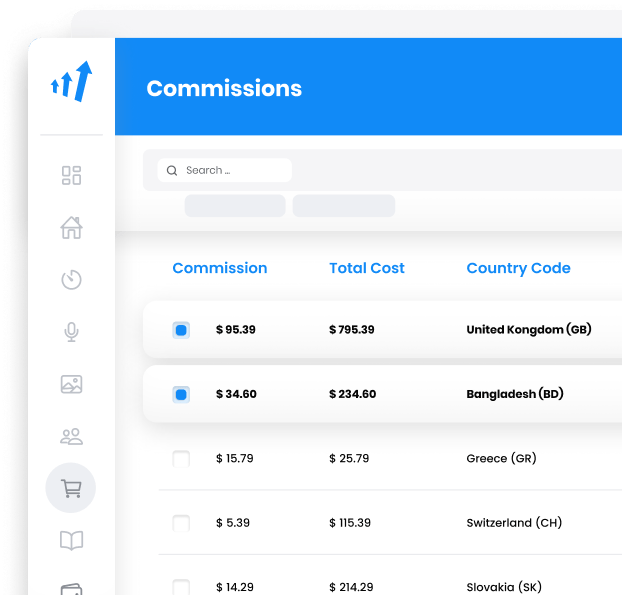
The Evolution of Dayparting
Initially, dayparting was a technique primarily utilized by television and radio to target audiences during peak times, such as morning news hours or evening prime time. However, with the advent of digital platforms, dayparting has evolved to address the specific needs of online advertising. Digital marketers use sophisticated tools and algorithms to analyze historical data, helping them predict when their audience is most active on various digital channels.
Benefits of Digital Dayparting
- Precision Targeting: Digital dayparting allows marketers to target specific demographics at precise times, ensuring that ads are displayed when the audience is most likely to engage.
- Cost Efficiency: By focusing ad spend on high-traffic periods and reducing exposure during off-peak times, businesses can maximize their budget efficiency and reduce unnecessary expenses.
- Enhanced Ad Performance: Ads scheduled during optimal times are more likely to be seen and interacted with, increasing the chances of conversions and improving overall campaign performance.
How Dayparting Works
Dayparting is implemented through various advertising platforms, such as Google Ads and Facebook Ads, which offer features to schedule ads based on time and day criteria. The process involves:
- Data Analysis: Advertisers analyze historical data to understand when their audience is most active. This includes examining metrics such as click-through rates (CTR), conversion rates, and engagement levels.
- Ad Scheduling: Based on the data, advertisers create a schedule to display ads during peak hours or days. This involves setting specific time slots when ads will be active, such as weekday mornings for B2B audiences or weekend evenings for consumer goods.
- Bid Adjustments: Advertisers may adjust bids to increase visibility during high-traffic times and reduce costs during low-traffic periods. This ensures competitive positioning without overspending.
- Continuous Monitoring: Successful dayparting requires ongoing analysis and adjustments. Advertisers must regularly review performance data to refine schedules and bidding strategies.
Dayparting Strategies
Effective dayparting involves various strategies to optimize ad performance:
- Targeting Specific Audiences: Customize ad schedules based on the demographics and behaviors of the target audience. For example, targeting working professionals during lunch breaks or stay-at-home parents during daytime hours.
- Peak Time Focus: Identify high-traffic periods where conversion rates are highest and allocate more budget to these times. This maximizes the potential for engagement and sales.
- Platform-Specific Tactics: Different platforms may have unique user behaviors. For instance, Facebook Ads may have different peak times compared to Google Ads. Tailoring dayparting strategies for each platform can enhance results.
- Testing and Iteration: Use A/B testing to experiment with different schedules and bid adjustments. This helps identify the most effective strategy for engaging the audience.
Advanced Dayparting Techniques
- Dynamic Dayparting: This involves using real-time data to make immediate adjustments to ad schedules. Dynamic dayparting tools can modify ad placements and bids based on live audience interactions and engagement metrics.
- Automated Bidding Strategies: Many platforms offer automated bidding options that adjust bids based on predicted performance during different dayparts. This ensures that ads remain competitive while optimizing for cost efficiency.
Benefits of Dayparting
Dayparting offers several advantages for digital and affiliate marketers:
- Increased ROI: By targeting ads during times of peak engagement, advertisers can achieve higher returns on their ad spend.
- Enhanced Targeting: Dayparting allows for precise audience targeting, ensuring that ads reach the right people at the right time.
- Cost Efficiency: By reducing ad exposure during low-traffic periods, marketers can save on advertising costs while maintaining or increasing conversion rates.
- Improved Ad Performance: Ads are more likely to be seen and interacted with when displayed during optimal times, leading to better overall campaign performance.
Challenges and Considerations
Despite its benefits, dayparting presents certain challenges:
- Time Zone Differences: For businesses with a global audience, scheduling ads across different time zones can be complex. Segmenting campaigns by region can help address this issue.
- Data Limitations: Accurate dayparting relies on robust data analysis. Insufficient data can lead to ineffective scheduling and missed opportunities.
- Over-Segmentation: Focusing too narrowly on specific time slots can limit reach and reduce overall audience engagement. Advertisers should balance precision with broader exposure.
- Changing User Habits: Audience behavior can shift due to holidays, events, or cultural changes. Marketers must remain flexible and adjust strategies as needed.
Dayparting in Affiliate Marketing
In affiliate marketing, dayparting can significantly enhance the performance of affiliate campaigns. By scheduling ads during high-conversion periods, affiliate marketers can drive more traffic and sales to their offers. Additionally, affiliate software platforms often provide tools to automate and optimize dayparting strategies, allowing marketers to focus on strategy rather than manual adjustments.
Frequently Asked Questions
How can I set up dayparting on Google Ads?
You can set up dayparting by configuring the ad schedule settings in your Google Ads account.
How do I use dayparting?
In order to use dayparting you need to identify which times of day your target audience is most active, create campaigns tailored to those times of day, and monitor their performance to make adjustments.
Why should I use dayparting?
Dayparting is very useful when you know what time of the day your target audience is most active.
Discover the controversial topic of cloaking in SEO, a black hat technique that misleads search engines and users with different content. Learn why it's considered unethical, against Google's guidelines, and how it can negatively impact search rankings. Explore insights and real-life examples in this detailed discussion.
Discover the role of an affiliate in marketing—earn commissions by promoting products through banners, links, and campaigns. Learn how affiliates drive sales and explore effective marketing strategies. Join the world of affiliate marketing with Post Affiliate Pro for user-friendly tools and exceptional support.

